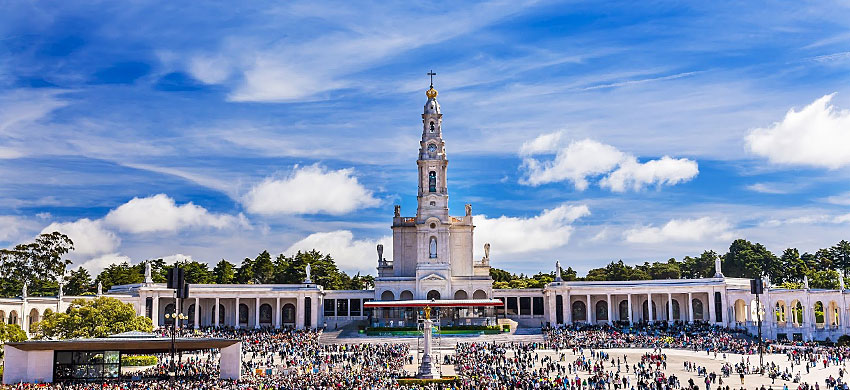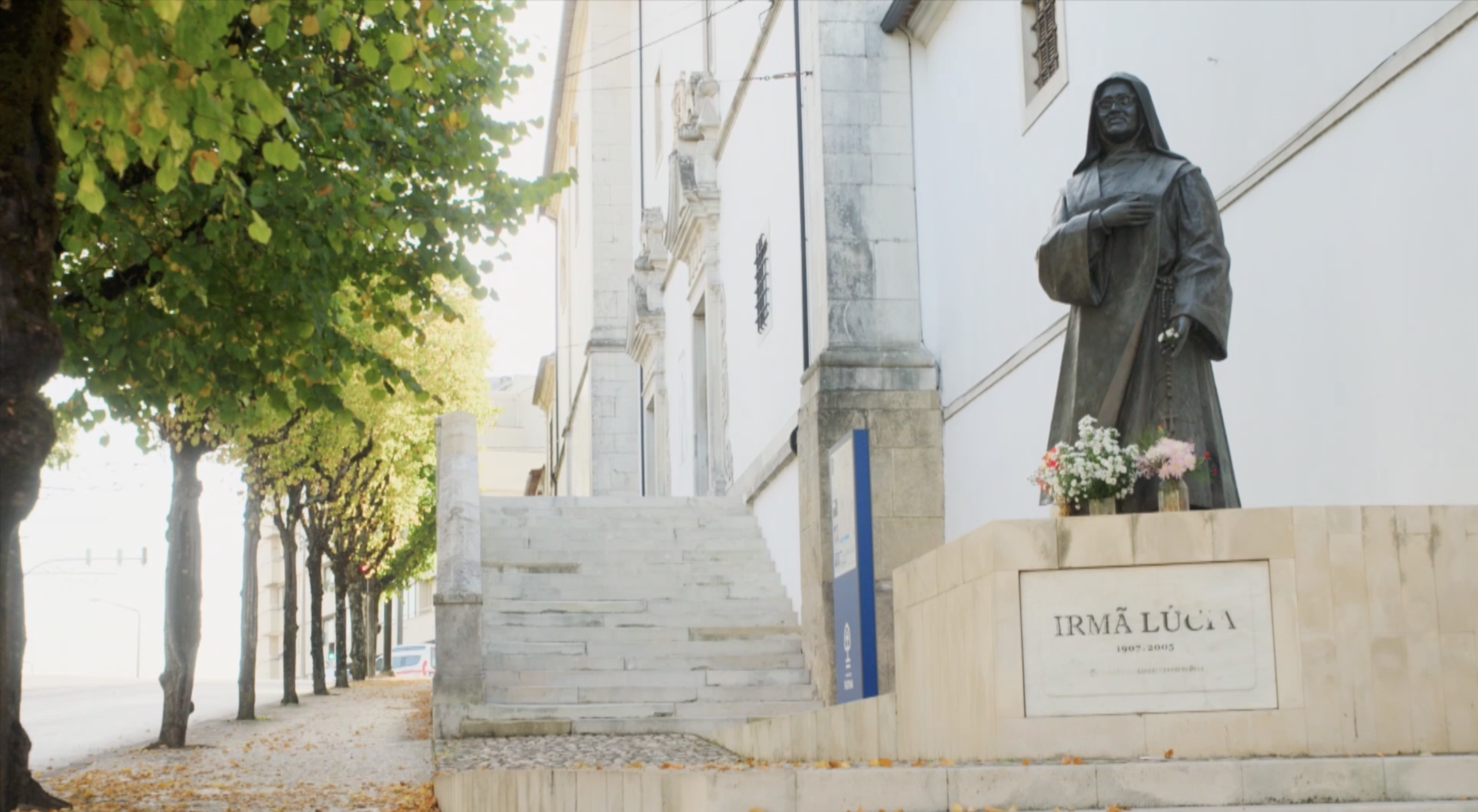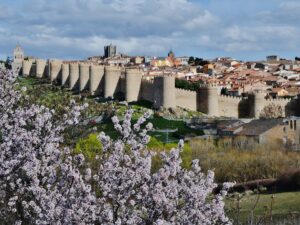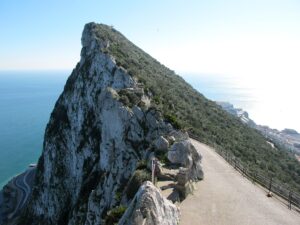Visiting Seville is a captivating journey through a city steeped in history and legend. According to myth, Seville was founded by Hercules and has origins linked to the ancient Tartessian civilization. Over the centuries, it has evolved through Roman, Moorish, and Christian influences, reflected in its diverse architecture and cultural heritage. The city’s vibrant past is showcased at every turn, making it a living museum of Spain’s rich history.
We begin our exploration at the Plaza del Triunfo, home to Seville’s magnificent cathedral. This gothic masterpiece is the largest of its kind in the world and the third largest church overall, following St. Peter’s in Vatican City and St. Paul’s in London. The cathedral claims to house the remains of Christopher Columbus, enshrined in a stunning monument held aloft by four statues. Celebrating Mass in this awe-inspiring space offers a deeply spiritual experience, surrounded by its intricate architecture and historical significance. Nearby, the Alcazar, a 14th-century palace built by Pedro the Cruel, stands as Europe’s oldest royal residence still in use. It was here that Ferdinand and Isabella welcomed Columbus back from his voyages, adding another layer of historical intrigue.
Seville’s artistic heritage is equally impressive. A visit to the Bellas Artes Museum, housed in a 17th-century convent, reveals a treasure trove of art spanning from the Gothic era to the present day, featuring works by renowned artists such as Goya and Murillo. The La Casa de Pilatos, or Pilate’s House, provides a glimpse into Andalusian palace architecture and is considered a prototype of its kind. Wandering through Seville’s charming streets, vibrant plazas, and stunning landmarks, you’ll discover a city that seamlessly blends its storied past with a lively, contemporary atmosphere. Seville’s rich tapestry of history, art, and culture makes it an essential destination for anyone seeking to experience the heart of Andalusia.




